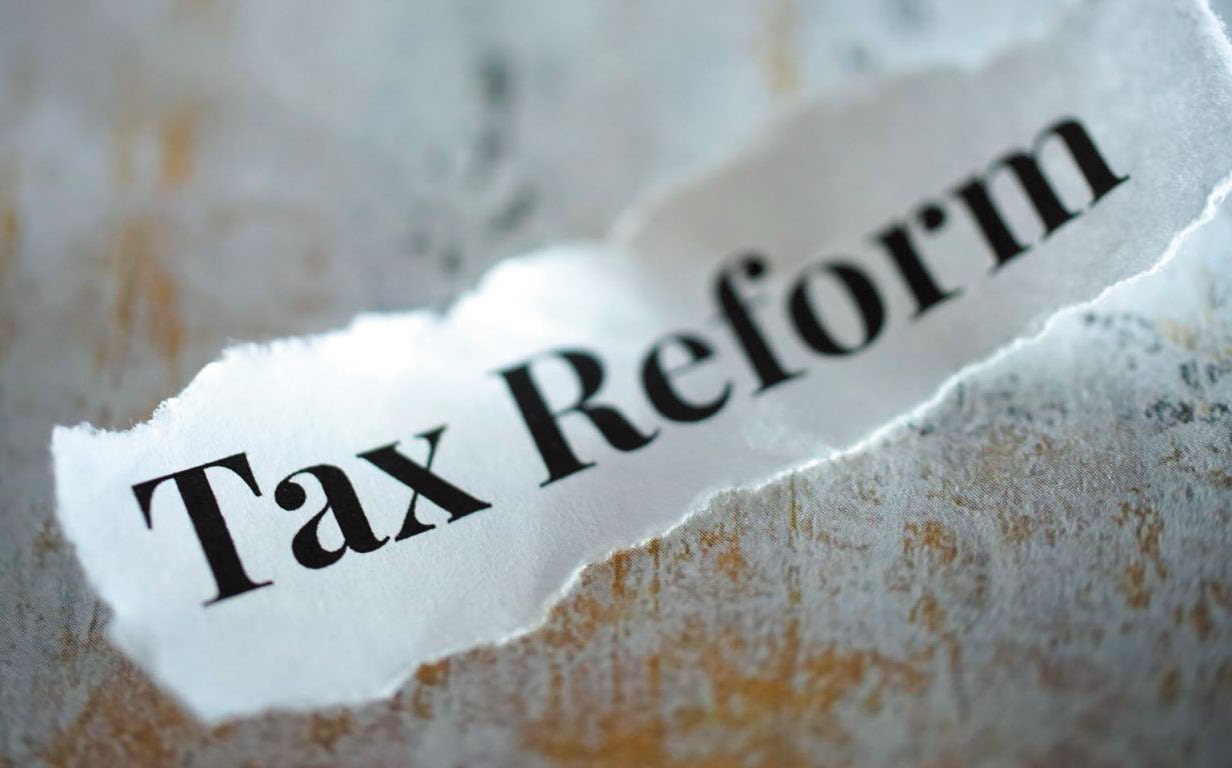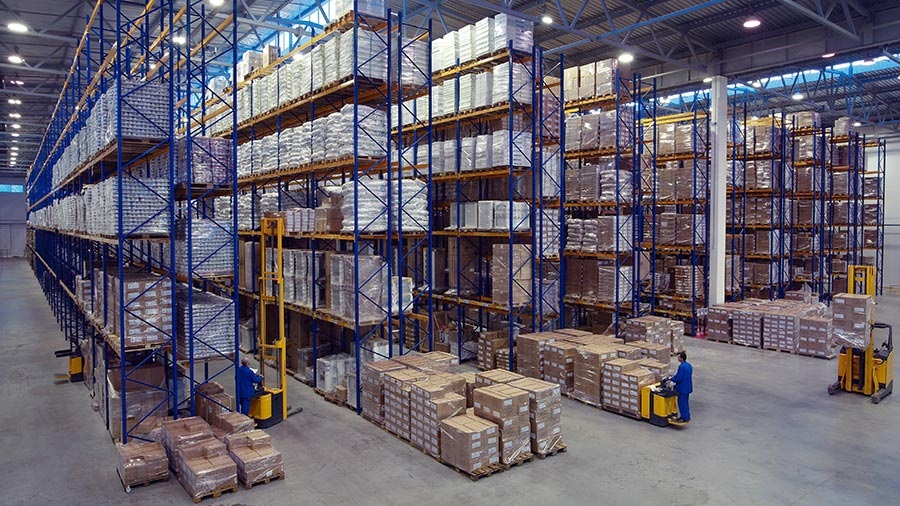2019 Outlook
A Crucial Year for Deepening Value-added Tax Reform
By Kelvin Lee, PwC
 2019年展望
2019年展望
深化增值税改革的关键一年
2018年是中国增值税改革之旅中非凡的一年。2018年,增值税税率自1994年以来首次下调后,2018年在税率简并和调减的道路上迈出了重要一步,2018年增值税税率合并及税率下调的政策让企业实现了“轻装上阵”。 展望未来,2019年,增值税改革将迎来关键之年,其中税率简并、进项留抵退税、扩大抵扣范围及海关特殊监管区域增值税政策等方面有望取得重大进展。
简化增值税的明显趋势
增值税的简化主要有两个积极方面:减税和税收中性。
由于增值税是政府税收最重要的来源,增值税税率的下调将导致大幅减税。2018年5月1日,17%和11%的增值税税率分别降至16%和10%。 根据国家税务总局公布的统计数据,2018年5月至2018年8月期间实现的累计增值税减免额为1234.5亿元,预计到2018年底减少的总额将超过人民币 3000亿。
The year 2018 is a remarkable year in the journey of China’s Value-added Tax (“VAT”) reform. In 2018, the VAT rate was lowered for the first time since 1994, which set the direction for simplifying and consolidating VAT brackets. It is also the first time to allow qualified taxpayers to apply for refund of excess input VAT, which helps them achieve a better cash flow outcome and reduce capital cost. Relevant implementation issues of the Business Tax to VAT (“B2V”) transformation were further clarified, which help build a solid foundation for VAT legislation in the future. Looking forward, we believe the year 2019 will be a crucial year for the next phase of VAT reform, and significant progress will be made in terms of simplifying and reducing the tax rates, scope expansion for input VAT refund application, and specific VAT regulations for relevant bonded areas.
A clear trend to simplify the VAT brackets
 The simplification of VAT brackets will mainly have two positive aspects: tax reduction and neutrality of taxation.
The simplification of VAT brackets will mainly have two positive aspects: tax reduction and neutrality of taxation.
As VAT is the most important source of government’s tax revenue, the downward adjustment of VAT rate will result in a substantial tax reduction. On 1st of May, 2018, the VAT rates of 17% and 11% were reduced to 16% and 10%, respectively. According to the statistics published by the State Administration of Taxation (“SAT”), the accumulated VAT reduction realized during the period from May, 2018 to August, 2018 was RMB 123.45 billion, and the total reduction till the end of 2018 is expected to exceed RMB 300 billion.
Taxation is an important tool for government to control the macro-economy. The tax cuts can effectively reduce the tax burden of market participants, and encourage the enterprises to engage in innovation and expand investment. Meanwhile, with the pass-on of tax cost through the VAT chain, VAT rate reduction will ultimately lower the goods’ price, which has a favourable impact to expand consumption and stimulate the economy. Currently the VAT/Goods and Service Tax rates of the neighbouring countries in Asia are generally lower than 12% (e.g. Japan 8%, Korea 10%, Singapore and Thailand 7%). Considering the slowdown of global economy and the tax reduction acts introduced by some other countries to stimulate the national economy, the China VAT reform and tax reduction will enhance the competitiveness of Chinese companies in the global market.
Simplification of VAT brackets is a critical step to improve the VAT policies and realize tax neutrality. A complicated VAT regime with too many tax brackets may cause distortion of economic behaviour, and weaken the power of market resources allocation. Simplification of the VAT brackets is in line with the principle of tax neutrality and helps further improve market resource allocation in a more efficient way. Also, for complex business transactions, sometimes it would be difficult to categorize the taxable activities and determine the appropriate tax rate if there are multiple tax brackets that may be applicable. Having multiple VAT brackets will not only increase the compliance risk of taxpayers, but will also cause difficulties of tax authorities in the enforcement. Simplification of the VAT brackets will greatly reduce the aforementioned risks. We expect that the VAT rates would be further lowered in 2019, and VAT brackets would be ultimately reduced to two brackets.
Gradual normalization of refund of excess input VAT
 Normally, there are three major causes of the accumulated excess input VAT that cannot be fully utilized. Firstly, sales revenue is realized over a long period after the purchase and such mismatch results in a balance of input VAT credit to be carried forward. Secondly, the sales price is lower than the cost due to market fluctuation or other reasons. Thirdly, the applicable VAT rate on the sales of goods is lower than that on the purchase of goods/materials. Large amount of excess input VAT credit may lead to cash flow problem and increase the capital cost of the taxpayers. When a company comes to de-registration, the remaining input VAT credit could not be refunded and would eventually become a cost of the company. Under the VAT regulations, there is no mechanism for companies to apply for refund of excess input VAT.
Normally, there are three major causes of the accumulated excess input VAT that cannot be fully utilized. Firstly, sales revenue is realized over a long period after the purchase and such mismatch results in a balance of input VAT credit to be carried forward. Secondly, the sales price is lower than the cost due to market fluctuation or other reasons. Thirdly, the applicable VAT rate on the sales of goods is lower than that on the purchase of goods/materials. Large amount of excess input VAT credit may lead to cash flow problem and increase the capital cost of the taxpayers. When a company comes to de-registration, the remaining input VAT credit could not be refunded and would eventually become a cost of the company. Under the VAT regulations, there is no mechanism for companies to apply for refund of excess input VAT.
However, to improve VAT neutrality, Caishui [2018] No.70 was published in June, 2018, which allows the qualified enterprises in certain industries to apply for input VAT refund, including equipment manufacturing, R&D and other modern service industries and power grid enterprises. The total amount of input VAT refund was RMB 114.85 billion by the end of September, 2018.
The issue of input VAT credit may still exist for a long time due to the design of the system. We hope that with increasing financial affordability of the government, the refund policy will be continued in 2019, and the scope and scale of the input VAT refund will be expanded. In the future, we expect that a comprehensive input VAT refund mechanism would be introduced to cover most of the taxpayers.
Input VAT credit on loan interest expenses need to be considered in the future to further improve the VAT deduction chain
 Most of the input VAT are now creditable. However, the input VAT incurred on the loan interest is still not eligible to be used as a credit, which leads to a double taxation and increases the burden of taxpayers and customers. The main reasons for not allowing input VAT credit for loan interest during the “B2V” reform are as follows.
Most of the input VAT are now creditable. However, the input VAT incurred on the loan interest is still not eligible to be used as a credit, which leads to a double taxation and increases the burden of taxpayers and customers. The main reasons for not allowing input VAT credit for loan interest during the “B2V” reform are as follows.
Firstly, financial institutions have operational difficulties to issue a large amount of special VAT invoices. Secondly, the total amount of input VAT on loan interests is enormous and will significantly affect the tax revenue of government. Thirdly, the VAT credit for loan interest might have impact on important financial indicators, such as benchmarking interest rate.
With the increasing role of information technology in the management of taxation, the operational difficulties are being eliminated gradually. Considering the direction of tax policies for substantial tax cut and the purpose of boosting economic growth with financial tools, we would anticipate that the loan interest might be considered for input VAT credit purpose in the future and we look forward to a breakthrough on this issue in 2019.
Expansion of pilot program for enjoying general VAT payer status in special customs areas
 On 2nd of January, 2019, Premier Li Keqiang announced a plan during the State Council’s executive meeting to further upgrade the comprehensive bonded zones. To facilitate sales in the domestic market and to realize VAT refund for domestic purchase, some enterprises located in the bonded areas requested for the general VAT payers’ status achieve benefit from “B2V” reform. In October, 2016, the SAT launched a pilot program for granting the general VAT payer status to companies in selected comprehensive bonded zones. The pilot companies approved by the tax authorities can apply for export VAT refund on export using Exempt, Credit and Refund method (“ECR Method”). In January, 2018, the SAT expanded the scope of the pilot program and further improved the relevant policy.
On 2nd of January, 2019, Premier Li Keqiang announced a plan during the State Council’s executive meeting to further upgrade the comprehensive bonded zones. To facilitate sales in the domestic market and to realize VAT refund for domestic purchase, some enterprises located in the bonded areas requested for the general VAT payers’ status achieve benefit from “B2V” reform. In October, 2016, the SAT launched a pilot program for granting the general VAT payer status to companies in selected comprehensive bonded zones. The pilot companies approved by the tax authorities can apply for export VAT refund on export using Exempt, Credit and Refund method (“ECR Method”). In January, 2018, the SAT expanded the scope of the pilot program and further improved the relevant policy.
It could be expected that more bonded areas would be included in the pilot program in 2019, which would benefit more companies located in bonded areas.
 The takeaway
The takeaway
VAT reform policy is closely related to the interest of each company, and the taxpayers are suggested to pay more attention to its development. Before the issuance of new policy, the SAT may collect feedback from the taxpayers for research and investigation. Companies are recommended to report the issues and requests of the industry through different channels, and strive for more reasonable tax treatment. In the meantime, taxpayers are suggested to conduct research in advance about the proposed policy change in the future and assess the potential impact, so that a proper action plan could be prepared in advance, in relation to the business process, financial treatment, tax declaration, invoice issuance and system upgrade, etc.